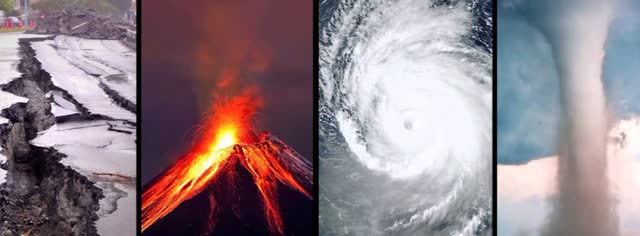As mentioned by AON in their Weather, Climate & Catastrophe Insight: 2019 Annual Report, last year brought $232 billion of economic losses from natural disasters, whereby only $71 billion was actually insured. It outlined that the world continues to face a fundamental issue of insurance gap, especially in emerging and developing countries, where losses for businesses and governments are only increasing following a decade-long rise in natural catastrophes linked to climate change.
Protection gaps exist in both emerging and developed markets. However, with Swiss Re estimating 35% level of catastrophe risk coverage in advanced economies versus 6% in emerging economies, the issue is far more important for the developing world, where the cost of disasters is not just measured in the deaths and injuries that they cause, but also in their long-lasting economic impact on survivors and countries. Natural disasters there do not just destroy homes, factories, shops, and fields; they can altogether annihilate years of economic growth, which is essential for the low and mid-income countries.
These governments need new ways to increase their access to finance to enable disaster response, recovery, and rebuilding. Ideally, such features should also help make financial systems more predictable and stable, so to be able to avoid or lessen inevitable shocks to the economy in case of devastating events.
Disaster relief aid, as the most obvious tool, is very reactive by its nature, pledged only during and after the event, and the amount generated is unpredictable. Pledges made can also be slow to materialize, with examples of payments taking months or even years.
The role of insurers in the emerging economies focuses mainly on the reconstruction of private assets, which reveal another important issue when (in many cases) critical infrastructure remains in direct state ownership, so exposed to the lack of insurable interest. For example, this is very much
